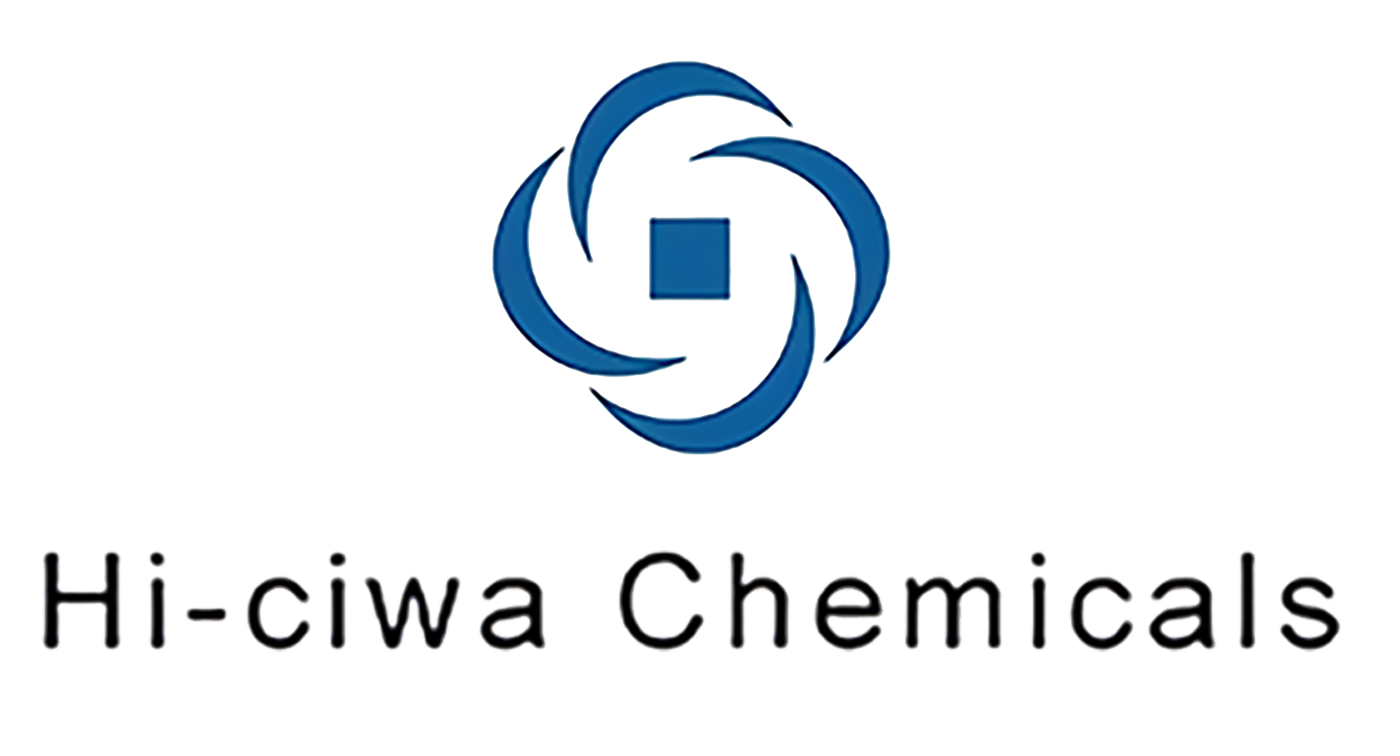Effect of soap in textile printing and dyeing auxiliaries
For soaps used in textiles after dyeing or printing, the earliest soaps are used and soaps are named after it. Because soap is not resistant to hard water and stains easily, it is gradually screened by detergents or replaced by other surfactant formulations.
These are net detergents composed of surfactants. The washing effect of textile printing and dyeing industry has been greatly improved, but the anti-dyeing effect is still not ideal, especially when the fabric soapy, it is easy to occur on the white background. Or the problem of light part dyeing, which will affect the quality of the product, so there is a more professional soap. These special soaps are usually composed of surfactants and antifouling agents, and these inorganic salts have a high affinity for dyes. In the part of leveling agent, polyoxyethylene type non-ionic surfactant has been known for dyes.
Therefore, the dyeing effect will be delayed, and the surfactant in the soap should be mainly composed of these surfactants; Most of the antipollution agents are made of polymer
Braiding additives, such as polyethylene pyrrole. Ketones or polyacrylic acid derivatives, etc., inorganic salts, such as silicates and phosphates, increase the action of the agent. These special soaps can meet the requirements of the above soaps, but in today's environment where environmental protection is increasingly paid attention to, there are still some defects, mainly three problems with soaps: First, special soaps must be carried out at high temperatures. Second, special soap washing liquid has a high dye content, which will increase the burden of sewage treatment. Third, after soaping, it must be thoroughly cleaned with hot and cold water to obtain good fastness and make the water volume large.
If the role of soap in textile printing and dyeing additives is washed with peroxidase, these shortcomings can be overcome, and the soap temperature is low, the washing liquid is clear, and the washing is easy. However, the use of peroxidase has just begun and will have a good development prospect. Enzyme washing requires three substances: peroxidase, peroxides and intermediate substances. Peroxides such as hydrogen peroxide, persulfate, percarbonate and perborate act as oxidants in the washing process and provide atomic oxygen; Intermediates such as 1-hydroxybenzotriazole (HOBP), clove methyl ester, etc., can convert the atomic oxygen provided by the peroxide into a more bleached substance without undulating the dye that has been dyed; Enzymes act as catalysts to speed up the reaction, thereby removing unfixed dyes and hydrolyzed dyes from the fabric. Since this series of reactions is carried out under medium temperature conditions, and the removed dyes are removed by oxidative decomposition, water saving and energy saving can be achieved, and the burden of sewage treatment can be reduced. Peroxidase preparations are usually a mixture of enzymes and intermediate substances, and peroxides are added when used. Enzymatic washing is not only suitable for dyeing or printing fabrics with reactive dyes, but also for dyeing other dyes or other textile printing and dyeing processes. It is a common textile printing and dyeing auxiliaries.





